They are hundreds of years old and are authentic guardians of our memories and our past.
There are hundreds of castles in Portugal, some are better preserved, others less so, some have been turned into museums, others into guesthouses. Built to defend our borders against Spanish attacks, today the castles are monuments that remind us of how difficult it was to build this country, where we always fought at a disadvantage against our enemies – which is why Portugal is one of the countries in the world with the most castles built.
1. Bragança Castle
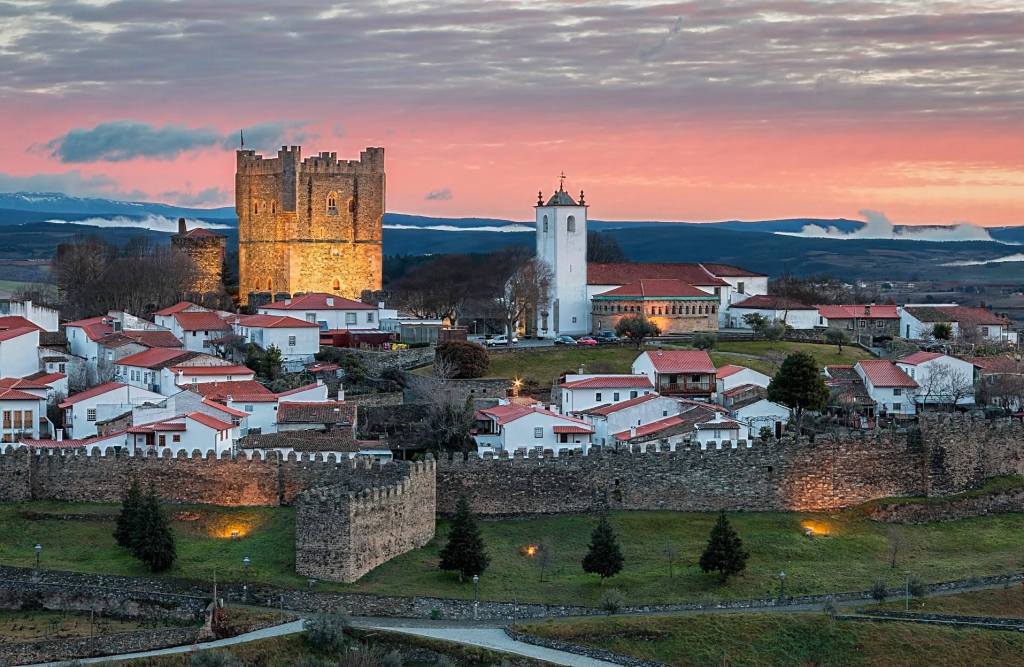
A primitive fortification on the site may have been ordered built by D. Afonso Henriques, this region belonging to his brother-in-law, Fernão Mendes, the fortification was improved by D. Sancho I, who granted a charter to the village in 1187. With the crisis of 1383-1385, opened by the question of D. Fernando’s succession, the Mayor of Bragança oscillated between the Portuguese and Castilian sides, which forced D. Nuno Álvares Pereira to intervene, leading to his recognition by D. João I. It was also during his reign that the castle defences were improved and the imposing Keep was built.
2. Almourol Castle – Templar Castles

The castle is located on a small island that was already inhabited during the Roman occupation and was later occupied by Visigoths and Muslims. Almourol was conquered by King Afonso Henriques as part of the Christian reconquest in 1129, who handed the fortification over to the Order of the Knights Templar. The order rebuilt the castle and gave it its Templar characteristics. According to the inscriptions on the main gate, the construction work was completed in 1171.
3. Marvão Castle
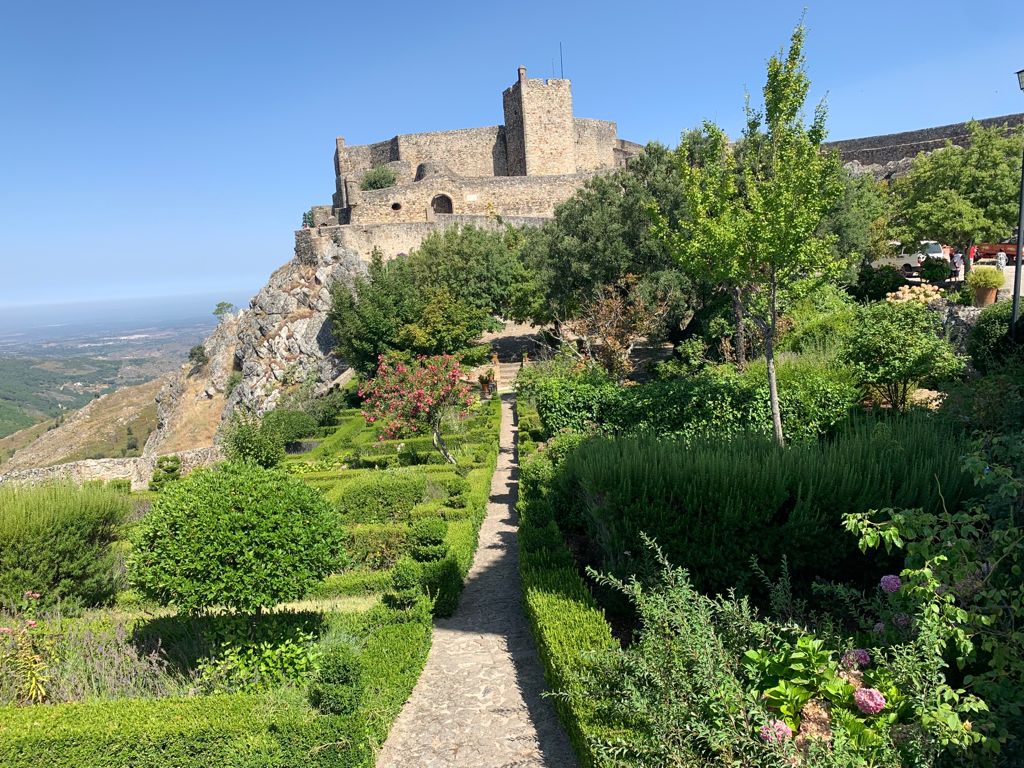
Situated on the highest peak of the Serra de São Mamede, in the middle of the Natural Park, from here you can enjoy magnificent views. The territory has possibly been occupied since pre-historic times, although there is no certainty of this occupation (nor of Roman occupation, although the proximity of a Roman road attests to this possibility). What is known is that King Afonso Henriques conquered this castle from the Moors around 1166, during a campaign that began with the conquest of Alcácer do Sal. The oldest date that attests to the castle’s Portuguese ownership is 1214.
4. Montalegre Castle
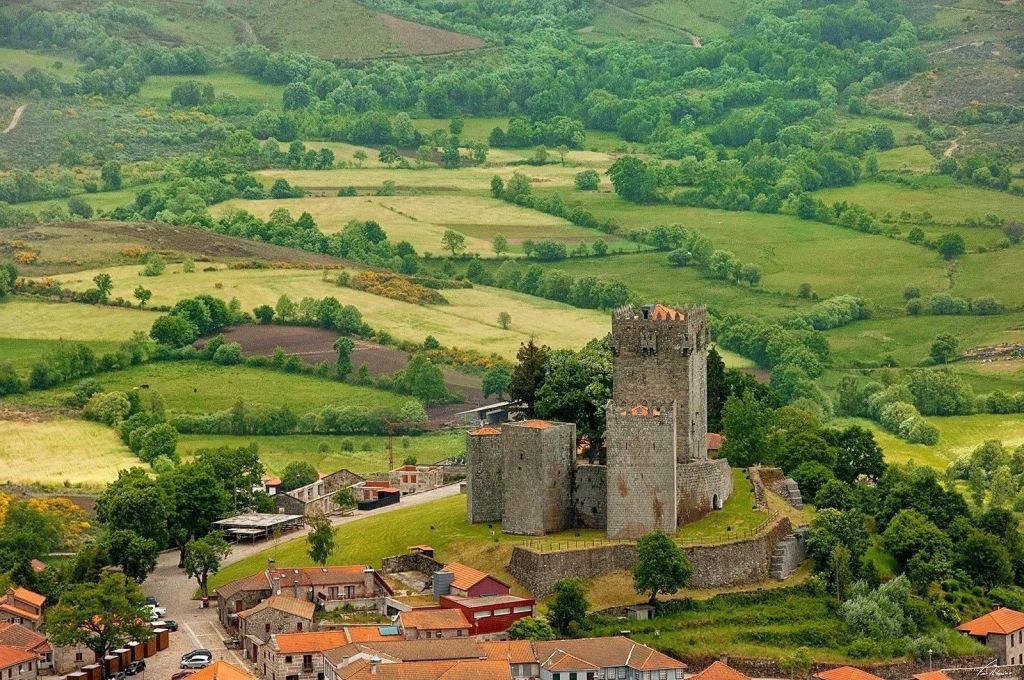
This castle was built late in the reign of D. Afonso III as a means of reorganizing the borders to the east and west of Chaves. The purpose was to give the northern border of Trás-os-Montes an effective territorial and legal order under the King’s power. The royal domain wasn’t long lasting since, even before the end of the XIII century, Pedro Anes received from D. Dinis the charter of Montalegre, so that these lands could be populated, since, at the time, they were deserted.
5. Sortelha Castle
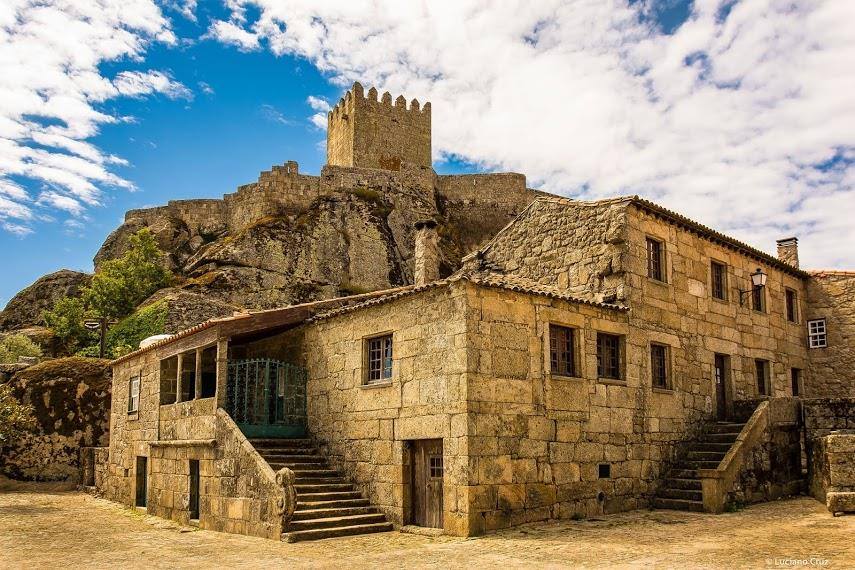
Sortelha was founded by D. Sancho I, with people coming from nearby Santo Estêvão. By this time, the reconquest had advanced well beyond the Tagus, but there were several skirmishes to the east between the Portuguese and the Leonese. Thus, a border had to be defined and protected. Leon fortified the town of Sabugal, east of the Côa, and Portugal responded with the foundation, in the 13th century, of the military square of Sortelha.
6. Arraiolos Castle
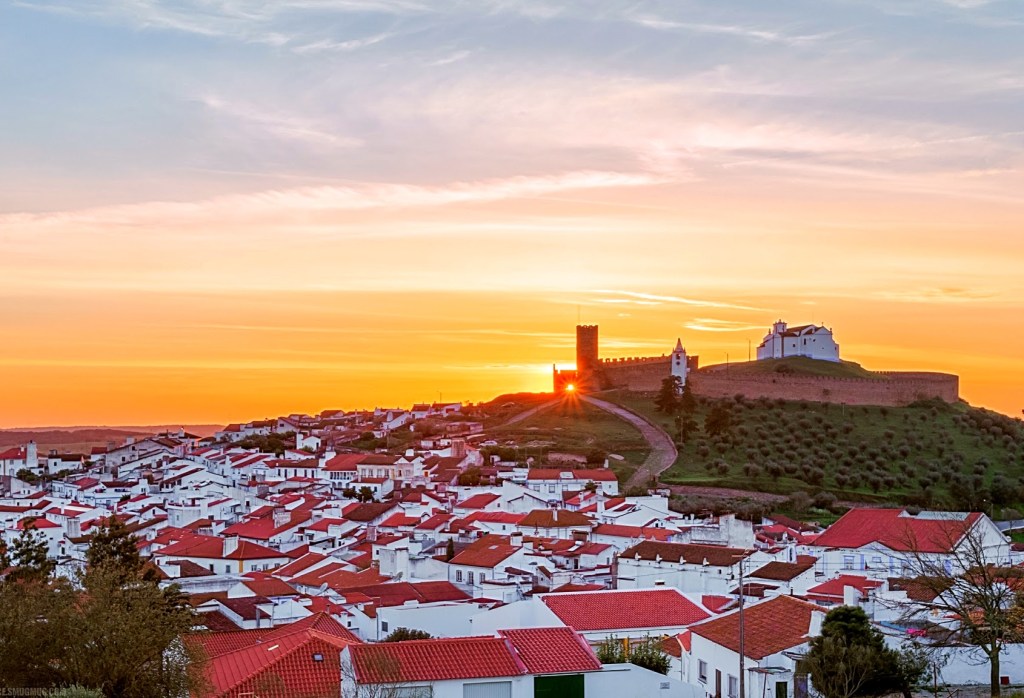
It is accepted that this castle was built in the reign of D. Dinis, around 1310, having the fortification been donated to D. Nuno Álvares Pereira in 1387, having this received the title of Count of Arraiolos. In the reign of D. João IV, during the Restoration of Independence, the castle was remodelled. However, some decades later it was abandoned, being that the earthquake of 1755 completed the ruin of this fortification.
7. Santa Maria da Feira Castle
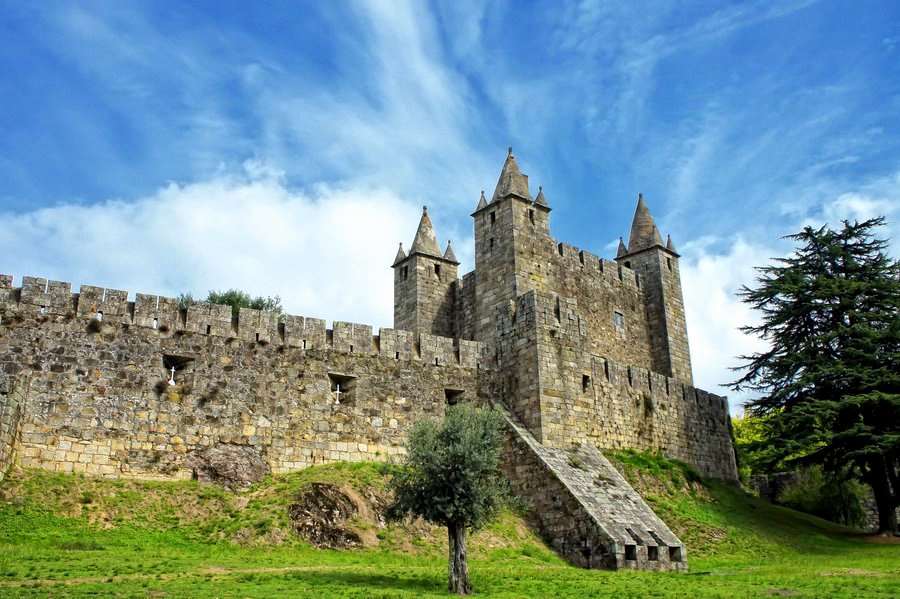
This is one of the most remarkable Portuguese monuments, since it mirrors the diversity of defensive resources that existed between the 11th and 16th centuries. Besides being an important military outpost, it had a political and cultural dimension, being fundamental for the victory of São Mamede in 1128, when the castle’s alcaide, Pêro Gonçalves de Marnel, sided with D. Afonso Henriques against D. Teresa.
8. Lindoso Castle
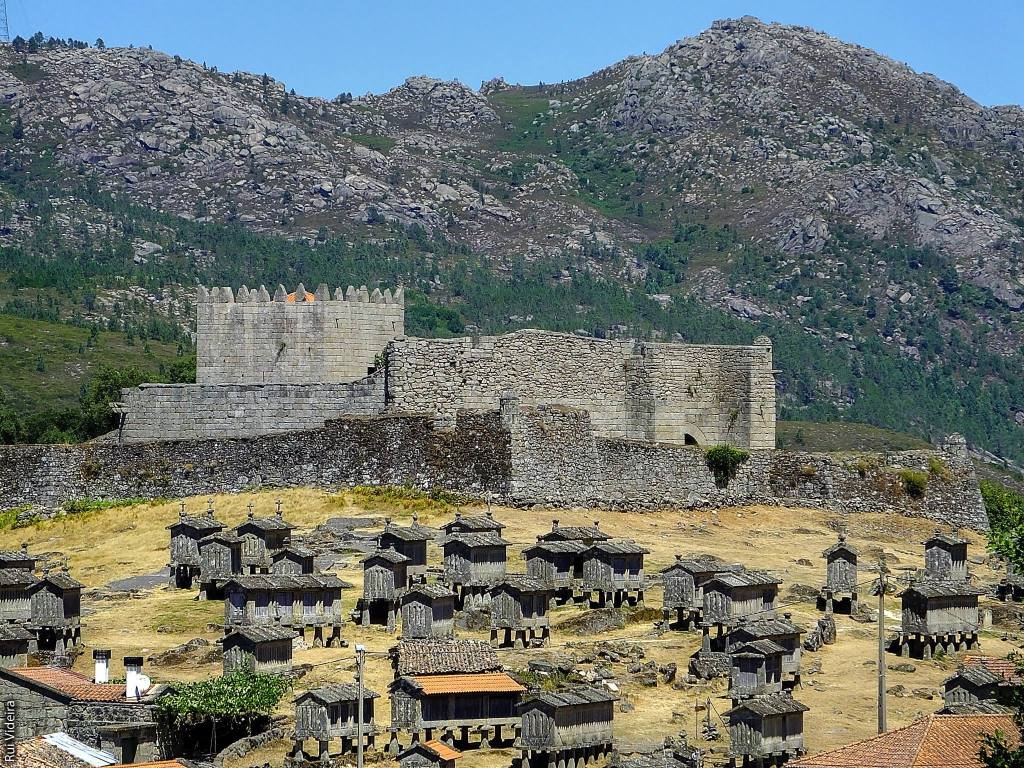
According to some authors, Lindoso comes from the Latin “Limitosum”, meaning frontier, limit. There is no information about the early occupation of the territory. The castle is thought to have been built from scratch during the reign of King Afonso III, in an attempt to reinforce the defense of the borders.
9. Moorish Castle
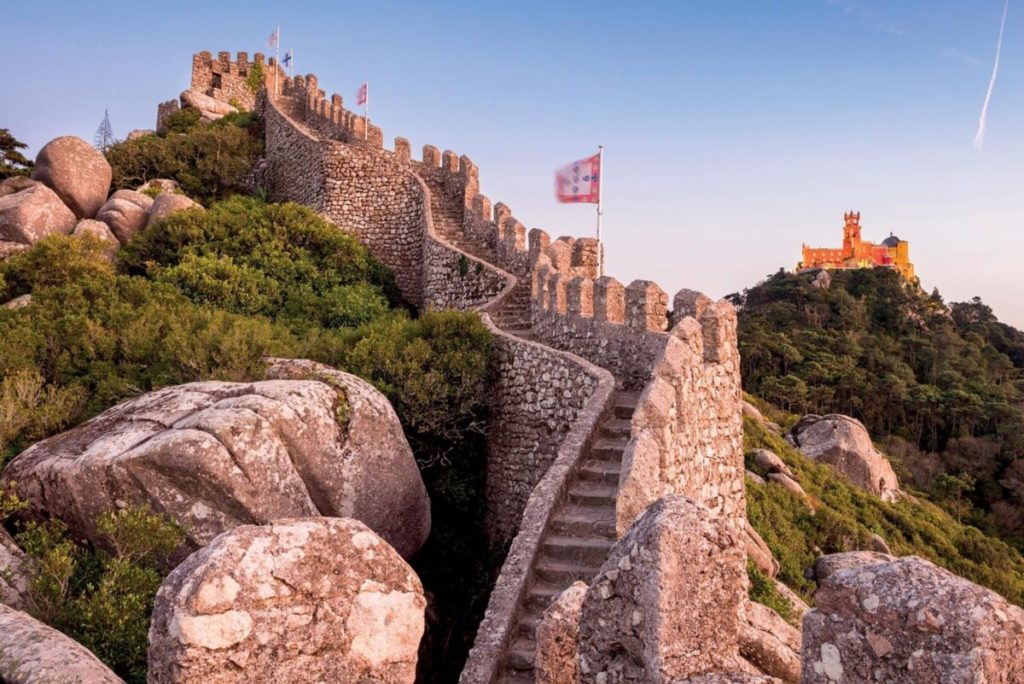
From the Moorish castle, one can admire a unique landscape that stretches unimpeded all the way to the Atlantic Ocean. It is irregular in shape and overlooks the Sintra mountains. It was built in the 10th century after the Moors conquered the Peninsula. It was later enlarged after the Christian reconquest.
10. Guimarães Castle
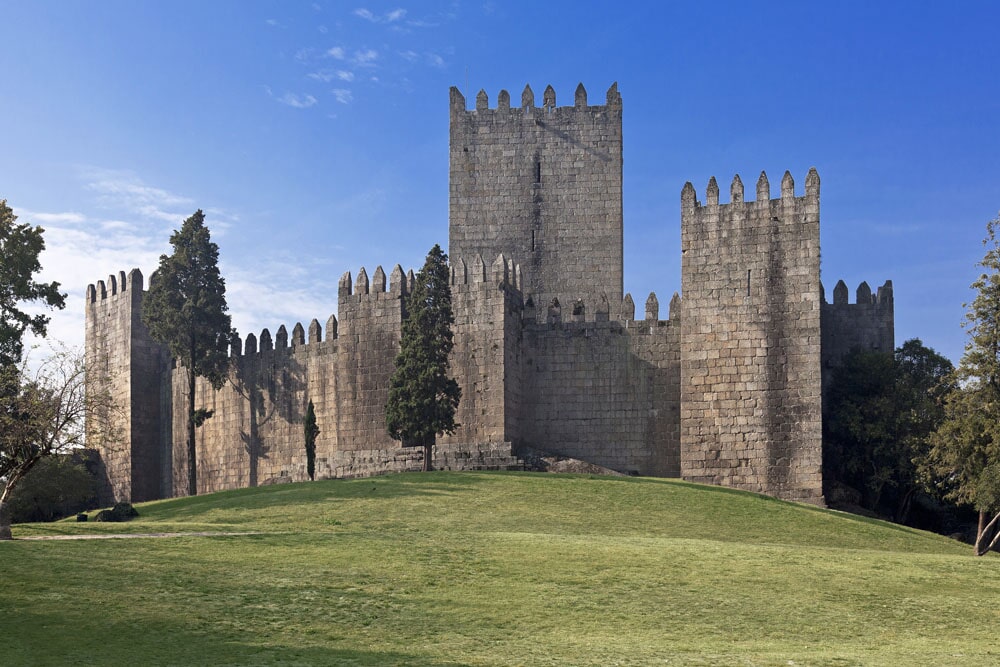
In the context of the Christian reconquest, the domains of Vimaranes (present-day Guimarães) were granted, at the end of the 9th century, to a knight of Castilian origin called Diogo Fernandes, who settled here. One of his daughters, Mumadona Dias, married the powerful count Hermenegildo Gonçalves, ruling the domains of Portucale from the middle of the 10th century until the third quarter of the 11th century.
11. Penedono Castle
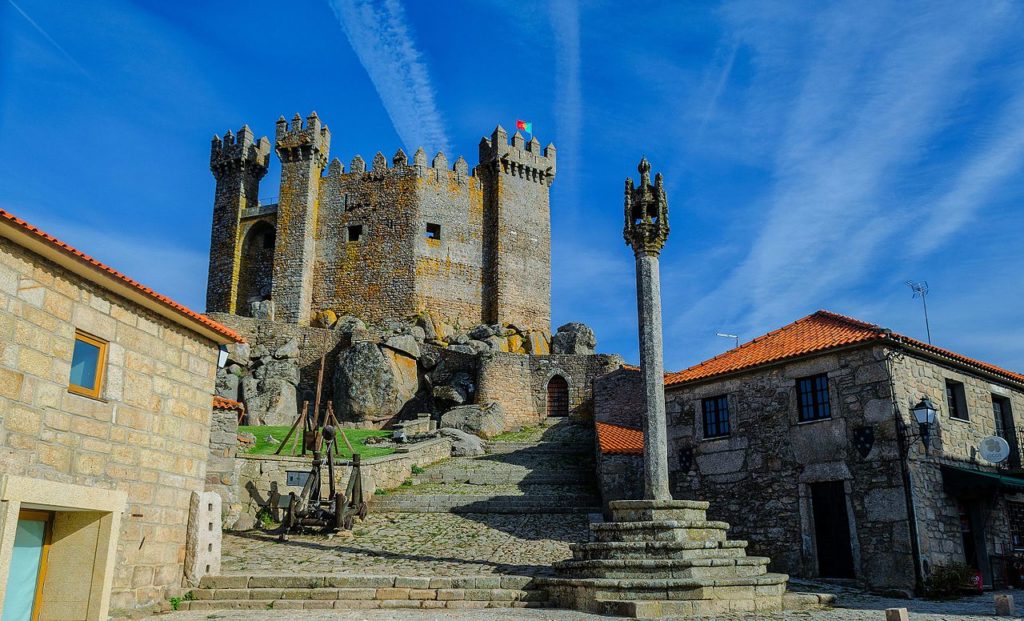
The oldest reference to this castle is from 960, but it is believed that it must be earlier, since the base of the structure has parallel rows, characteristic of Arab constructions. The castle is associated with the figure of the Magriço, Álvaro Gonçalves Coutinho, a native of Penedono, who was immortalised by Camões in Os Lusíadas, in which he narrates the feats of the Twelve of England. The castle was classified as a National Monument on the 16th June 1910.
12. Sabugal Castle
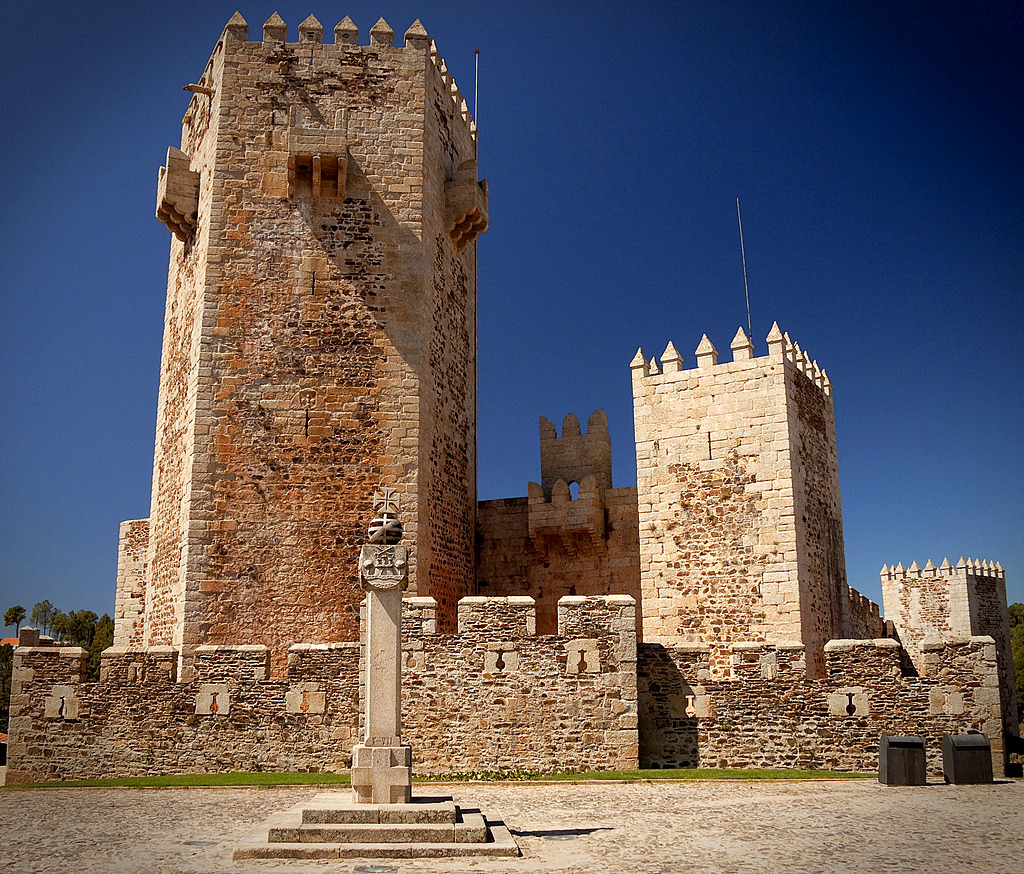
The region was the scene of heated disputes between the kings of Portugal and Castela. King Dinis finally took possession of the castle and the lands of Riba-Coa in 1296, which was confirmed in the Treaty of Alcanizes in 1297. King Dinis then repopulated the area and gave it a charter, ordering the castle to be built at the same time. Throughout history the castle has served its military function, although it has also been converted into a prison.






Itís nearly impossible to find knowledgeable people in this particular topic, but you sound like you know what youíre talking about! Thanks